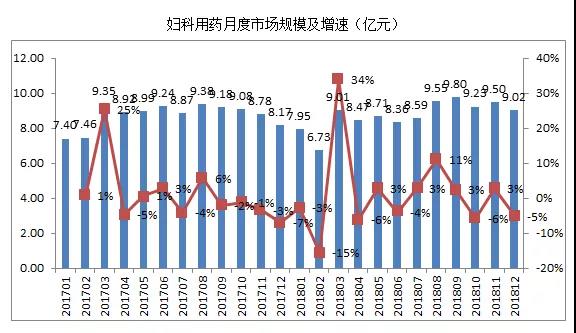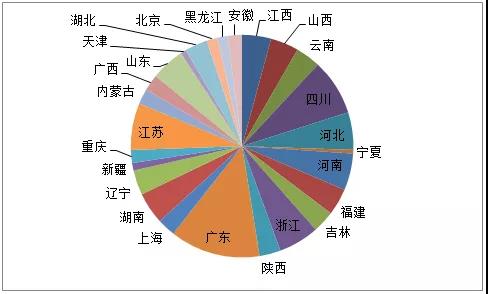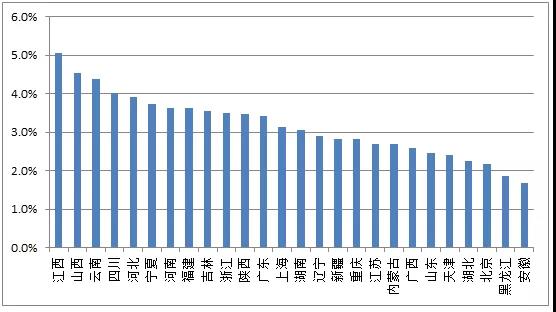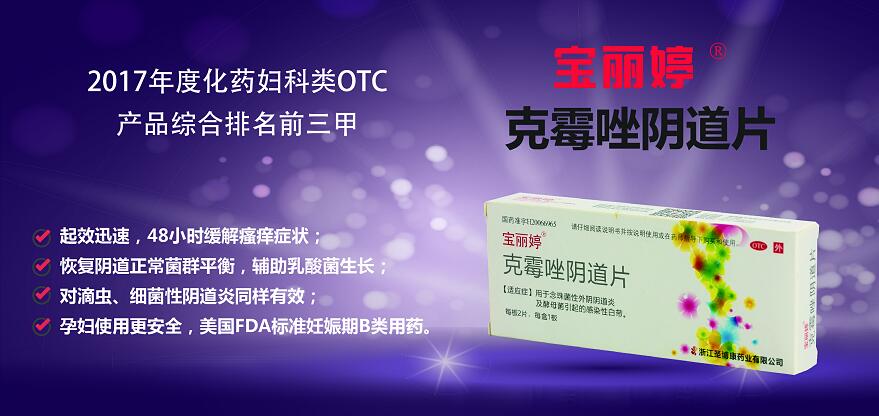

In the market of gynecological medicine, the cold winter is even colder. In 2018, the market scale of gynecological medicine reached 10.492 billion yuan, an increase of less than 1%, lower than the market growth rate of 4.85%. Caizhi, the first drugstore, scanned the retail market of gynecological drugs in China, and analyzed the market performance and fundamentals in recent years to see its development trend.

The total scale was 10.5 billion yuan, basically the same as last year
According to the CMH data of Zhongkang, in 2018, the retail scale of gynecological drugs in China reached 10.492 billion yuan, almost the same as that in the same period of 2017, with an increase of less than 1%, lower than the growth rate of the overall drug retail market (4.85%).

From the perspective of monthly year-on-year growth rate, the retail market scale of gynecological drugs showed a small trough during the Spring Festival, and a large rebound in March after the festival.
Guangdong Province contributed the most
Subdivided into the provinces and cities in China, the top 10 provinces and cities in the retail market of gynecological drugs account for 60.0% of the country's total market share, and Guangdong Province has the highest market share, reaching 12.6%; Sichuan Province ranks second with 7.8%, followed by Jiangsu Province (6.5%), Zhejiang Province (5.7%) and Hebei Province (5.2%). The gap between Guangdong Province and other provinces is obvious.
2018年全国各省市妇科用药零售市场贡献比(%)

In terms of the proportion of the total scale of gynecological medicine and retail market in each province, Jiangxi, Shanxi, Yunnan and Sichuan all accounted for more than 4.0%, and Jiangxi ranked first with 5.1%.

Retail market share of gynecological drugs in all provinces and cities in 2018
Only two categories achieved growth
In this over 10 billion market, anti-inflammatory and antibacterial category is the largest category, accounting for 55.83%, with a year-on-year growth of 2.0%.
Due to the strong recurrence of gynecological inflammation, symptoms are easy to identify, self diagnosis and retail pharmacy recommendation is the main way of diagnosis and treatment of gynecological inflammation. At present, the main gynecological inflammation includes pelvic inflammatory disease, cervicitis, vaginitis, vulvitis, etc. because these gynecological inflammation is local, local administration / skin external use is the main way of diagnosis and treatment.
Zhongkang CMH showed that in the anti-inflammatory antibacterial drugs, local administration route / topical drugs accounted for 72%, mainly suppositories and lotions.
The second largest category, drugs for regulating menstruation, accounted for 28.88%, and the growth rate was basically the same as that in 2017. The top two categories accounted for 84.71% of the total, which was the main force of gynecological medicine market. The following categories were breast diseases, menopausal drugs and maternal drugs.
Pregnant and lying in women's medication has been highly expected by the market, but the performance is not as expected.
Due to the centralized release of the "comprehensive two child" policy in 2016 and 2017, the policy was weakened in 2018, and the two child birth tended to be stable. In 2018, the number of births reached the lowest level after 1961. Reflecting the drug retail market, the growth rate of maternal medication decreased by 3.70% year on year.
New varieties
Last year, among the top 10 sales of gynecological drugs in the retail market, 8 were Chinese patent drugs and 2 were chemical drugs. Among them, the growth rate of clotrimazole vaginal tablets was 15.08%, which was ahead of other products. The market share of clotrimazole vaginal tablets of shengbokang Pharmaceutical Co., Ltd. was 45.88%, and the market growth rate was 31.87%, accounting for half of clotrimazole products, ranking first!
